Was White Appropriate for Ancient Coming – of – Age Ceremonies?

In the period drama The Glory, Zhuang Hanyan, played by Chen Duling, wears white hanfu at her coming-of-age ceremony. Some people are curious that white is considered inauspicious for Chinese people. Isn’t it a bit contradictory in this case? For the ancients, what colors of clothing were more appropriate to wear at the coming-of-age ceremony?
I. Misconceptions About White
In fact, in ancient times, people weren’t overly sensitive about wearing white. People often misunderstand it because white is associated with mourning clothes. However, mourning garments were made of natural hemp, featuring different textures and varying shades of color. Interestingly, white clothing was even popular during certain festivals. Moreover, white attire was more “prestigious” than most people realize. Some online “explanations” claim that the character in the drama wore white to plot revenge. That’s definitely an over – interpretation.
This time, let’s quickly clear up when ancient people wore white:

First, let’s talk about the original meaning of white. White is one of the five basic colors in Chinese culture. As recorded in Huainanzi, “Among colors, once white is established, the other five colors can be formed,” which attests to the fundamental status of white. However, the “white” in Chinese culture isn’t exactly pure white either.
① The Natural Colors of Some Fabrics That Aren’t Really “White”
1. When wearing mourning clothes and headwear made of hemp, the “white” here isn’t the white in the modern sense. It’s the natural color of the fabric. In fact, the natural color of hemp leans towards yellow.
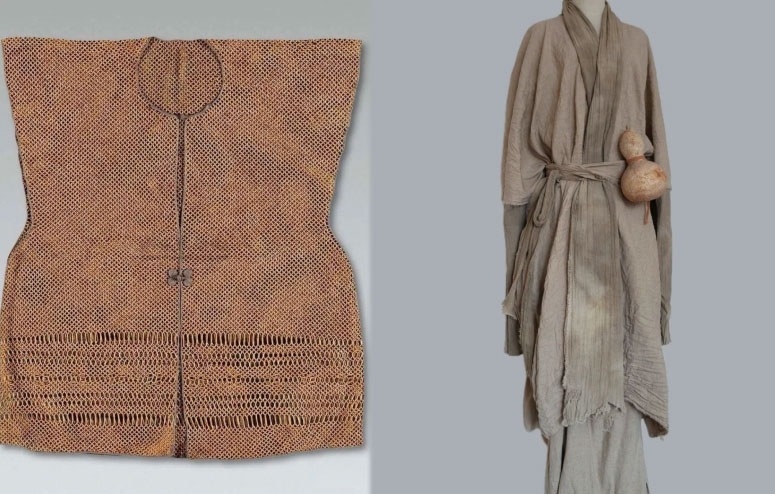
2.For ordinary common people, this was the color of their work clothes. But it was a plain color, not the real white we know. In ancient times, dyes all cost money. So, plain-colored fabrics were cheaper, and people didn’t mind if they got worn out while working. During the Sui Dynasty, officials above the fifth rank wore purple; those below the sixth rank wore red or green; clerks without official ranks wore cyan; commoners wore white; butchers and merchants wore black; and soldiers wore yellow.
3. The Literary Significance of White: In Classisc of Poetry, the ancient people used “the bright white foal” as a metaphor for sages with noble and lofty moral character.

② Some Fabrics That Could Be Dyed into Shades Resembling White
1. White was commonly used for undergarments like undershirts, underwear, and pants. Functionally, they were similar to modern white shirts, primarily serving as inner layers.

2. During the Han and Jin dynasties, white was sometimes used in parts of wedding attire and formal robes. Zhang Bi (张敝)’s Old Affairs of the Eastern Palace (《东宫旧事》) records the rituals and customs related to the Crown Prince of the Jin Dynasty. “When the Crown Prince took a consort, white silk hanfu fabrics, white gauze, and white silk shirts were used, all with purple tassels…

For the Crown Prince’s wedding, there were also crimson gauze double – layer skirts, skirts made of crimson and green interwoven silk, skirts with red and green gauze patterns, double – layer skirts in purple and green gauze with patterns, double – layer embroidered skirts in purple and green gauze, double – layer skirts in purple and green silk, and skirts with red and green cup – shaped patterns.” The plain gauze robe unearthed from Mawangdui could also be worn over formal robes.
Originally, it was a plain – colored gauze garment, almost white. It turned yellow due to oxidation. Most of the yellowish artifacts unearthed today were originally white or light – colored.
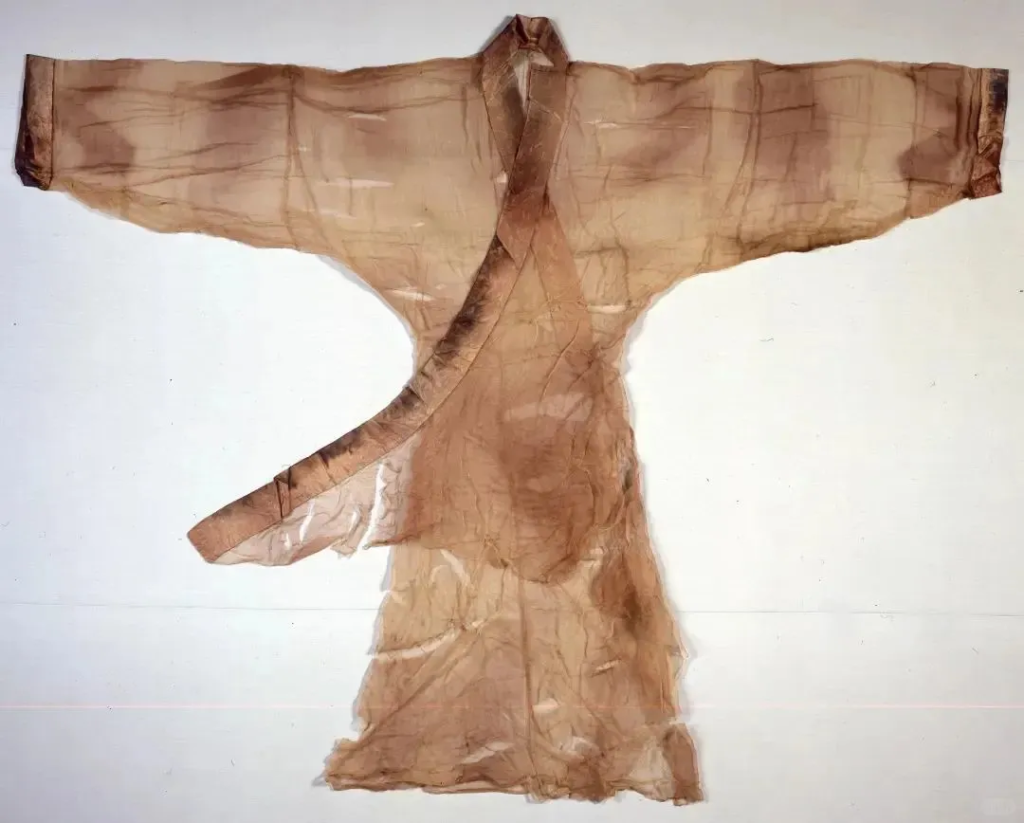
3. Regulations Based on the Seasons and Court Attire: According to the records in The Book of Later Han: Records of Carriages and Costumes, the colors of court attire in the Han Dynasty followed the colors corresponding to the five seasons. That is, green in spring, red in summer, yellow in the last month of summer, white in autumn, and black in winter. Although there were court attires of five seasonal colors, in reality, during court sessions, everyone wore dark black (nearly black) clothes. At that time, the common people could only wear clothes in composite colors, such as tea brown, yellowish brown, brown, gray, silver gray, and light pinkish green.
4. Popular Colors: For example, with the prevalence of the Neo-Confucianism thoughts during the Song and Ming dynasties, most people, regardless of age or gender, mostly wore clothes in plain colors, including white, cyan, gray, and other light-colored systems. In the Song Dynasty, moonlight-colored clothes and white hats were once popular. In the Ming Dynasty, white silk jackets (moonlight white) and the like were in vogue.

5. There are also some other scenarios. You are welcome to leave a message to supplement them.
It can be inferred that white dyes were made from minerals like muscovite. On the “printed and colored gauze” unearthed from Tomb No. 1 at Mawangdui in Changsha, the shiny and crystal-clear white patterns were confirmed through chemical analysis to be drawn with muscovite. There was also lead white, a white pigment mainly composed of basic lead carbonate. And clam white, which was the white powder obtained by grinding the shells of clams, was also known as Hu white.

II. What Color Is More Suitable for the Coming-of-Age Ceremony?
In fact, when it comes to the coming-of-age ceremony, there aren’t too many restrictions on the color of Hanfu. However, it’s best to choose from the official colors. After all, in such a sacred occasion, Hanfu in official colors is the safest choice. As long as you choose from white, cyan, black, red, and yellow, there won’t be any major problems.
Summary

The reason why white was so popular during the Song and Ming dynasties might also be related to the improvement of dyeing techniques, which led to a decrease in costs. But to achieve the pure white we know today, multiple layers of dyeing and color matching are required, which makes it expensive. So, it was usually used in specific ceremonial scenarios or at least in families with some financial means. In addition, the white clothes in the drama usually have hidden patterns or decorations like gold – weaving technique. So, they look “white,” but not exactly pure white. The same goes for black. I hope people won’t always associate these two colors with funeral colors. After all, both black and white are very solemn official colors in Chinese culture!
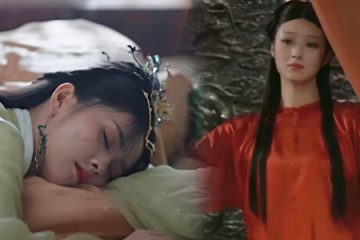
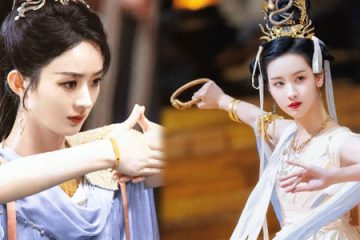
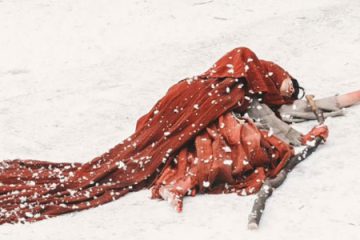
0 Comments